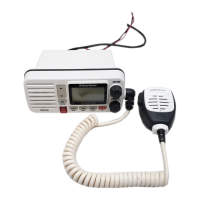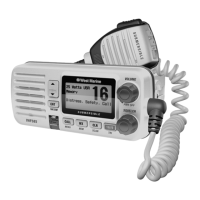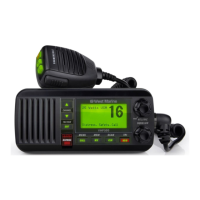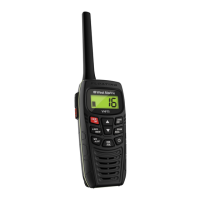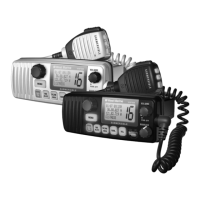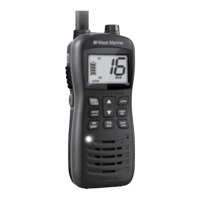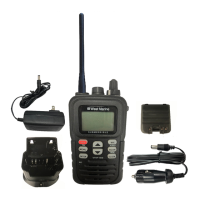What to do if my West Marine Radio won't power on?
- Vvalerie86Aug 18, 2025
If your West Marine Radio isn't powering on, begin by inspecting the power connections. Next, check the fuse. Finally, verify the master battery switch and the branch circuit that connect to the radio are working correctly.
